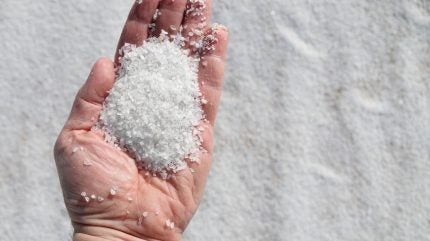
The second quarter (Q2) of 2024 saw a decrease in the price of silicon-based commodities. Factors such as oversupply and slow demand recovery post-pandemic played a pivotal role in shaping pricing.
Stockpiles of silicon commodities in the automotive and electronics industries also caused a drop in price, with China experiencing the most significant changes. Oversupply and lower-than-usual levels of demand from particular sectors like photovoltaics and aluminium industries contributed to the price remaining low.

Discover B2B Marketing That Performs
Combine business intelligence and editorial excellence to reach engaged professionals across 36 leading media platforms.
Companies in the silicon market have adjusted their production processes to adapt to the price decrease. This has led to supplies of both silica and silicon metal being affected.
In China, the price of silicon and silicon metal have remained weak, according to the Shanghai Metal Market (SMM).
Whilst the domestic operating load of silicon production remained stable across the country, production of silicon metal increased by 11% to 453,100 tonnes.
Although production levels did not fall, there were reductions or halts in the production of silicon and silicon metal across the country.

US Tariffs are shifting - will you react or anticipate?
Don’t let policy changes catch you off guard. Stay proactive with real-time data and expert analysis.
By GlobalDataSmaller companies in north-east China are also planning maintenance in August, with limited impact expected on both supply and demand. The price of silica, polysilicon, photovoltaic (PV) wafer and high-purity quartz sand all remained stable. Polysilicon inventory levels continue to show a downward trend. Silica production also decreased following cuts to production and the shutdown of silicon companies in the north of China, SMM said.
Production of PV wafer has resumed in China despite oversupply concerns. Four companies have already started production, with production expected to continue to rise.
New production lines for high-purity quartz sand also steadily increased output in China.
Silicon-based materials remain a key component of solar modules. The decline in the price of these materials appears to have had a ripple effect on the solar industry.
Multiple news outlets have reported that a subsidiary of Chinese solar company Akcome, Zhejiang Akcome New Energy Technology, has filed for bankruptcy.
The price of finished solar modules has declined drastically, dropping below cost for many producers due in part to increasing oversupply.
The implications could be significant for companies across the silicon supply chain after the Chinese Communist Party (CCP) pledged to smooth the process of allowing low-quality and outdated production capacities to exit the market. In an online statement, the CCP explained that the country “should strengthen the market mechanism that allows the superior to win and the inferior to be eliminated”.
The market position of silicon-based commodities is continuing to decline globally. In China specifically, the price of these products continues to fall due to oversupply and decreasing demand.





